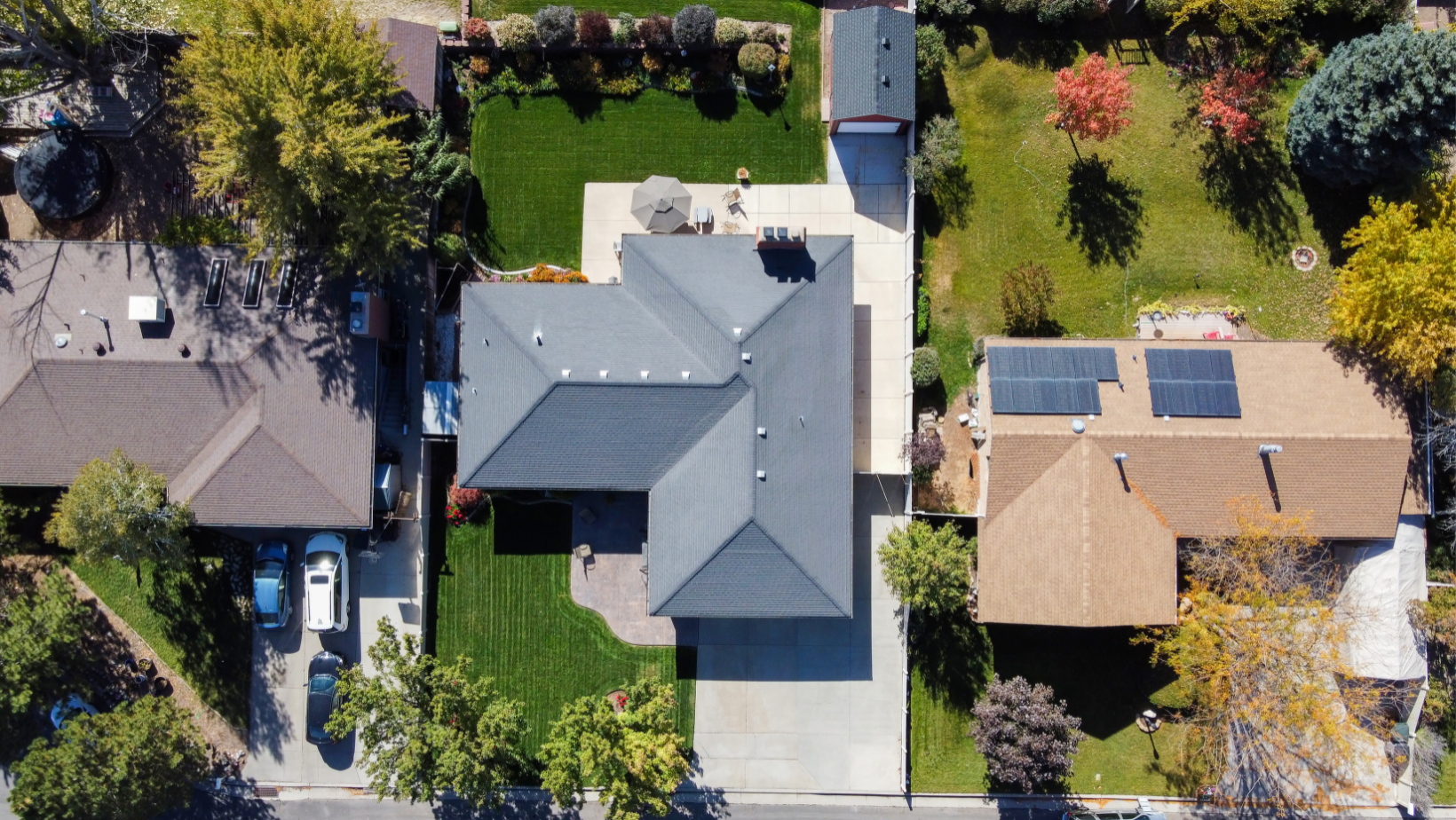Victoria’s New Housing Initiatives:
The Victorian government has unveiled a series of new housing initiatives aimed at addressing housing affordability and availability, catering to both property owners and investors. One of the key changes is a reform of the Vacant Residential Land Tax (VRLT) that aims to encourage property owners to utilize their vacant land more effectively.
Background on Victoria’s Need for New Housing Initiatives:
Victoria, like many parts of the world, has been grappling with housing challenges. These challenges including rising property prices and a shortage of rental properties. In response to these issues, the Victorian government has introduced new housing initiatives (i.e. new legislation). The aim of the new legislation is to increase the supply of housing and provide relief for renters.
Changes to Vacant Residential Land Tax (VRLT):
The most notable change is the adjustment to the Vacant Residential Land Tax (VRLT). Previously, the VRLT applied to properties left vacant for more than six months in a calendar year. Owners of these properties are liable to pay a tax of 1% of the property’s capital improved value.
Under the new legislation, the VRLT will apply to all unoccupied residential properties across the entire state. This change is intended to incentivize property owners to bring vacant properties into the rental market and help alleviate the housing shortage. Existing exemptions will continue to apply statewide -with holiday homes and properties being renovated among those exempt. Properties can be deemed vacant from 1 January 2024 and changes to the VRLT will commence in 2025.
Additionally, VRLT will apply to residential land that has been undeveloped for more than five years in established areas of Melbourne. This is to discourage long-term land banking and encourage new housing developments. The new changes for undeveloped residential land will commence from 1 January 2026.
Other Housing Initiatives:
Apart from the VRLT changes, the Victorian government has introduced several other measures to address housing affordability and availability:
- Social Housing Investment: The government plans to invest significantly in social housing to provide secure and affordable housing options for vulnerable Victorians.
- Homeownership Assistance: First-time homebuyers will benefit from initiatives that make homeownership more achievable, such as grants and incentives.
- Planning Reforms: Streamlined planning processes aim to speed up the construction of new homes and reduce red tape for developers.
- Infrastructure Investment: Investment in infrastructure and public transport will improve accessibility to employment hubs, making regional living more attractive.
Implications for Property Owners and Investors:
For property owners, particularly those with vacant land or properties in high vacancy areas, these reforms mean a greater financial incentive to rent out their properties, contributing to increased housing supply and potentially generating rental income.
For investors, these initiatives may signal a positive trend in the property market, with potentially improved rental yields and increased demand for housing.
Conclusion:
In conclusion, Victoria’s housing reforms, including changes to the Vacant Residential Land Tax, represent a significant step towards addressing the housing challenges faced by property owners, investors, and renters alike. By incentivizing property owners to put vacant properties on the rental market, the government aims to increase housing supply and improve affordability. These reforms are part of a broader strategy to create a more equitable and accessible housing market in Victoria.
Check out the article: A BALANCED RENTAL POLICY: REIV’S ADVOCACY AND VISION.
Last Updated: 04 October 2023

